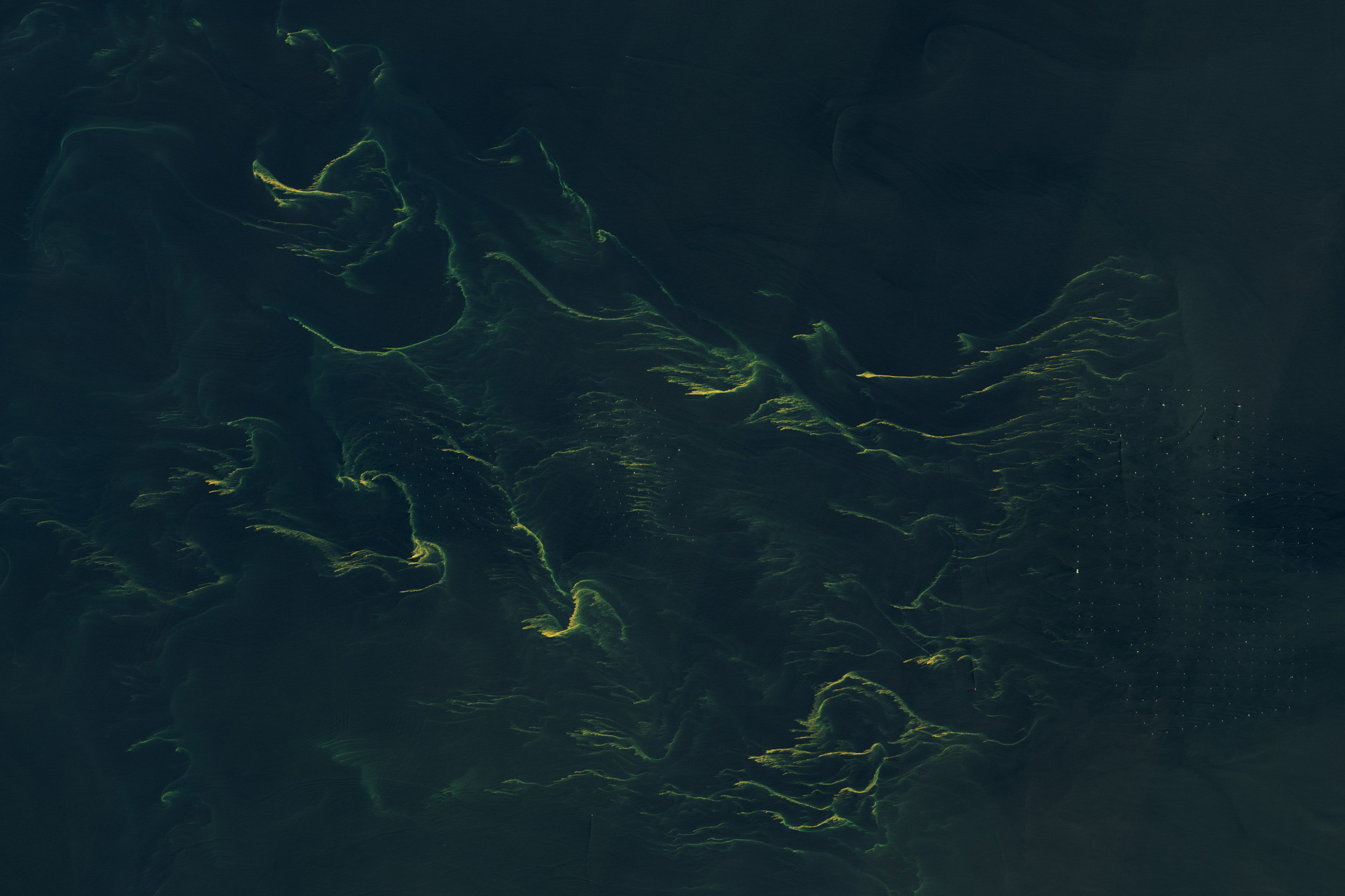Cover Image Credit: NASA/Wanmei Liang; USGS
Looking around the Image of the Day in the NASA website, it is possible to appreciate the surprising colours of the North Sea. As sunlight and warmth increase in the spring and summer, the North Sea shows these unique colours.

Phytoplankton—tiny, plant-like organisms that often float near the ocean surface become abundant during this time, giving the shallow water the distinctive look seen the last June 14, 2023, seen from one of the NASA’s satellites. Phytoplankton turns sunlight and carbon dioxide into sugars and oxygen. Successively they become food for the grazing zooplankton, shellfish, and finfish of the sea. Furthermore they probably have a not fully understood role in the global carbon cycle, taking carbon dioxide out of the atmosphere and sinking it to the bottom of the ocean.
A great expectation is growing around the NASA’s future Plankton, Aerosol, Cloud, ocean Ecosystem (PACE) satellite mission. PACE’s data could help understand how the ocean and atmosphere exchange carbon dioxide. It will reveal how aerosols might fuel phytoplankton growth in the surface ocean. Novel uses of PACE data will benefit our economy and society.

For example, it will help identify the extent and duration of harmful algal blooms. PACE will allow researchers to infer more information about the oceans, such as the concentration and size of particles and dissolved organic materials, the diversity of phytoplankton, and rates of phytoplankton growth.
www.nasa.gov





